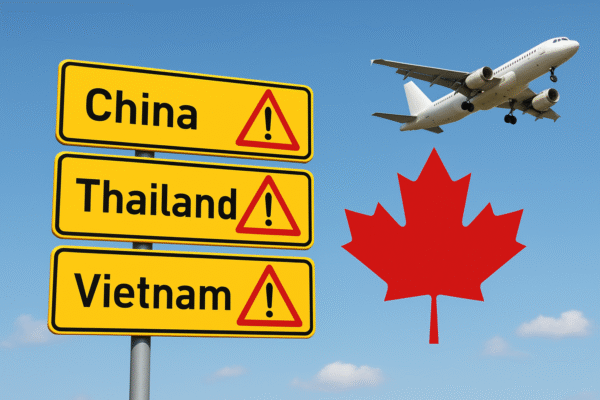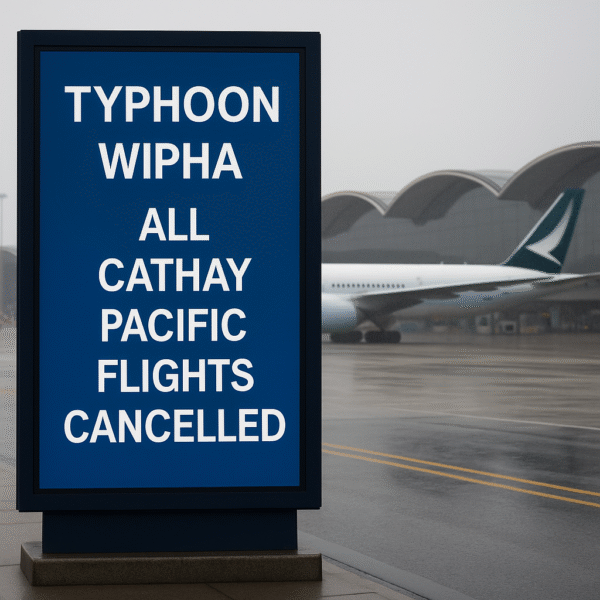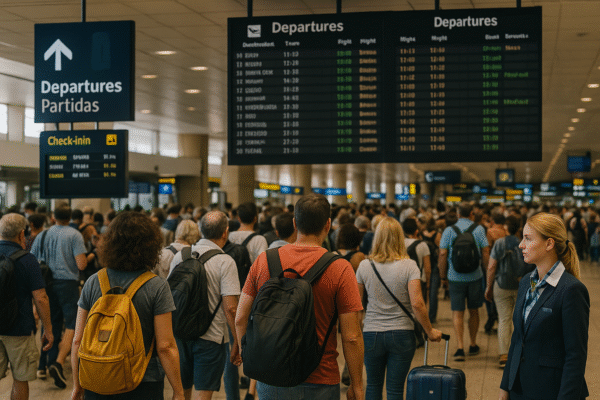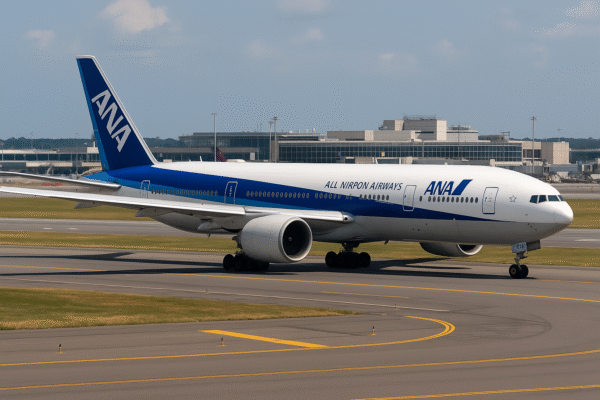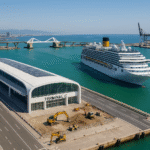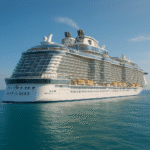ANA Boeing 777 Returns to JFK Mid-Flight After Flap Malfunction, Delaying Tokyo-Bound Passengers
New York City, July 15, 2025 – An All Nippon Airways (ANA) Boeing 777 en route from John F. Kennedy International Airport (JFK) to Tokyo Haneda was forced to abort its trans-Pacific journey shortly after takeoff, citing a serious in-flight flap malfunction. The aircraft, operating as Flight NH109, was carrying 203 people when the crew identified a technical issue that prompted an emergency return to JFK just minutes into the flight.
According to flight tracking data and FAA advisories, the aircraft never left U.S. airspace. Pilots suspended the climb at 16,000 feet, notifying New York air traffic control of a possible flap system failure. Flaps are crucial for lift and safe aircraft handling during takeoff and landing; any compromise to their function requires urgent decision-making.
Crew Action and Safe Return to New York
Following safety protocols, the ANA flight crew alerted controllers of the system anomaly and opted not to continue toward Tokyo. Because long-haul international flights depart with fully loaded fuel tanks, the aircraft had to first burn off or dump fuel over designated zones with full FAA coordination, to reduce landing weight safely.
For over an hour, the aircraft circled within New York’s controlled airspace before making a smooth, uneventful return landing at JFK. Emergency response units were on standby during the descent, but no injuries were reported.
ATC Coordination Ensures Smooth Handling
Communications between the cockpit and FAA Air Traffic Control were described as calm and methodical. Controllers worked to manage airspace congestion and issued advisories to other aircraft in the vicinity during the fuel dump procedure.
The aircraft was towed from the runway and taken to a secure maintenance facility where engineers began a detailed examination of the flap control system. Initial assessments suggest that the issue could be related to a hydraulic fault, mechanical failure, or software error, though ANA has yet to release an official technical statement.
Passenger Frustration Over Communication and Rebooking
While the in-flight emergency was handled professionally, many passengers expressed dissatisfaction with the airline’s post-incident communication and rebooking process. ANA provided email notifications and hotel vouchers reportedly valued at $500, but several travelers — especially business passengers — voiced concerns over the lack of in-person support and real-time updates.
“I understand the mechanical issue wasn’t their fault, but the ground handling left a lot to be desired,” said one traveler waiting to rebook their Tokyo connection. “There was no staff clearly explaining next steps.”
This incident stands in contrast to ANA’s typically high rankings for service quality and operational reliability. According to the Skytrax 2024 Airline Awards, ANA ranked among the world’s top five carriers for international business class service.
Technical Investigation Underway
The Boeing 777-381(ER) remains grounded pending a full mechanical inspection. According to FAA documentation, ANA’s 777 fleet is equipped with Redundant Flap Drive Systems, but even partial failures can disrupt standard operating conditions.
Experts suggest the root cause could involve degraded hydraulic actuators or a failure in flap asymmetry protection systems. The National Transportation Safety Board (NTSB) and ANA’s own safety engineers are collaborating on the investigation.
This incident follows broader scrutiny of the global Boeing 777 fleet. While the model is among the most widely used for long-haul international routes, recent mechanical incidents worldwide have prompted airlines to increase proactive maintenance and digital monitoring.
Operational Impact and Safety Protocols
Flight NH109’s diversion is a reminder of the complexity and sensitivity of long-haul international aviation, particularly when aircraft are in their initial climb and fully fueled. The FAA mandates strict thresholds for flap system tolerances, and diversion decisions are often made within minutes to avoid compounding risk at cruising altitude.
ANA’s pilots were praised for their swift response, ensuring a safe landing and maintaining communication throughout the ordeal. According to JFK Airport officials, local law enforcement and ground personnel provided logistical support during the aircraft’s return.
Impact on Passengers and Tourism Connectivity
The flight cancellation not only affected direct passengers but also impacted connecting travelers with ongoing plans in Japan and the broader Asia-Pacific region. Summer is peak season for U.S.–Japan leisure and business travel, with demand rising year over year. According to Japan National Tourism Organization (JNTO) data, over 600,000 U.S. travelers visited Japan in the first half of 2025 alone.
The disruption also highlights the growing importance of robust passenger communication systems. In an increasingly digital travel ecosystem, travelers expect instant updates and multi-platform assistance during irregular operations.
Conclusion: Safety Prioritized, Service Under Review
While ANA successfully managed a potentially serious in-flight situation thanks to well-trained crew and ground coordination, its passenger care protocols post-emergency appear to need strengthening. Airlines operating in the high-stakes environment of international aviation must balance technical precision with equally agile customer service.
ANA has not confirmed when Flight NH109 will resume operations but has assured affected passengers that investigations are ongoing and alternative flights are being arranged.
As global travel rebounds, incidents like these serve as a critical benchmark — not just for aviation safety but also for passenger experience standards expected in today’s connected world.
For more travel news like this, keep reading Global Travel Wire





